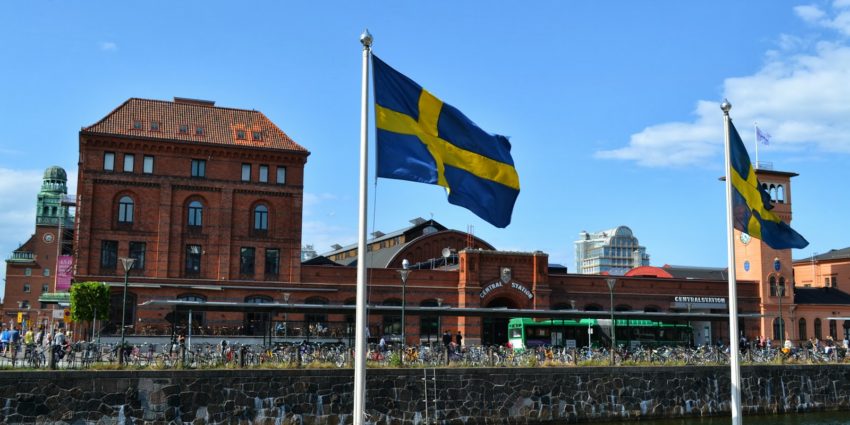Open any daily newspaper and you will invariably find yet another report in which a politician is competing to be the ‘toughest’ on irregularised migrants (i.e. persons who lack formal authorization to stay on state territory). According to that attitude, the way to reduce such migration is to make it harder for those adults and children to survive in the receiving state. Yet, given that irregular migration is more complex than that approach suggests, in practice the policies have meant one, or both, of two things: 1) a transfer of responsibility for ensuring the conditions for human life; 2) markedly worse living standards for individuals and families living in an irregular situation.
There has been a rise in initiatives to take up where the state has chosen to give up – providing forms of basic refuge and support. Historically speaking, sanctuary movements have served as a form of resistance to the state – often along political or religious lines. Yet, as our paper “Who provides the conditions for human life? Sanctuary movements in Sweden as both contesting and working with state agencies” shows, sometimes sanctuary also involves collaboration with state agencies. What we see in our research is that sanctuary movements not only challenge the state’s refusal to protect human rights, but also provide the basis for new models of state governance.
The successes of human rights are frequently viewed in terms of its institutionalisation within various conventions and regimes at the national and global levels. Yet, as scholars like Rua Wall and Benjamin Gregg have argued, the foundations of human rights remain fundamentally anti-institutionalist. That is because for human rights to function requires their performance at the everyday level of human-to-human interactions. Such interactions can never be solely understood in terms of law because to do so creates too great an abstraction from the lived experiences of those whose rights most need to be protected. Sanctuary movements enact new ways in which communities can be organised that go beyond the exclusions and deprivations evidenced in contemporary practices of border control. Such initiatives help ensure that a belief in the sanctity of human life remains politically alive in a way that law cannot sustain alone.
The research presented looks specifically at the relationship between human rights and sanctuary in three Swedish cities. Through fieldwork and interviews with activists, we see various practices that include: 1) defying state law; 2) re-structuring social bonds in the city; and, 3) a low intensity everyday struggle for new forms of community. In Malmö, a restaurant suggested to the sanctuary activists that they come after closing time and collect leftovers that should then be distribute to irregular migrants in need. But then the activists proposed an alternative in which help could be given as part of the restaurant’s normal business and so treating irregular migrants as regular customers. In another initiative, city officials working with sanctuary activists agreed to open libraries to irregularised migrants despite those individuals being unable to fulfil the usual requirement for lending books.
Constructive engagement with city officials complicates an image of these sanctuary initiatives as pure defiance of the state, presenting a more negotiated character in which they could be both critical of the state’s migration policies but equally working with other state-employed bodies at the city-level to mitigate the negative effects of migration governance.
There is a need, we argue, to highlight the negotiated character of these struggles that include moments of both resistance and collaboration with state and municipal agencies. The city-level contexts considered in the paper help to illustrate this process because it is in the local environment that activists are most likely to come up against everyday practical issues where sanctuary, for example, can be both a form of resistance and simultaneously require engagement with local level bureaucrats. Only through studying such political struggles and initiatives can research understand the foundations of human rights, as well as more general politics in the context of an era in which migration governance has shifted to be ‘high’ politics.

